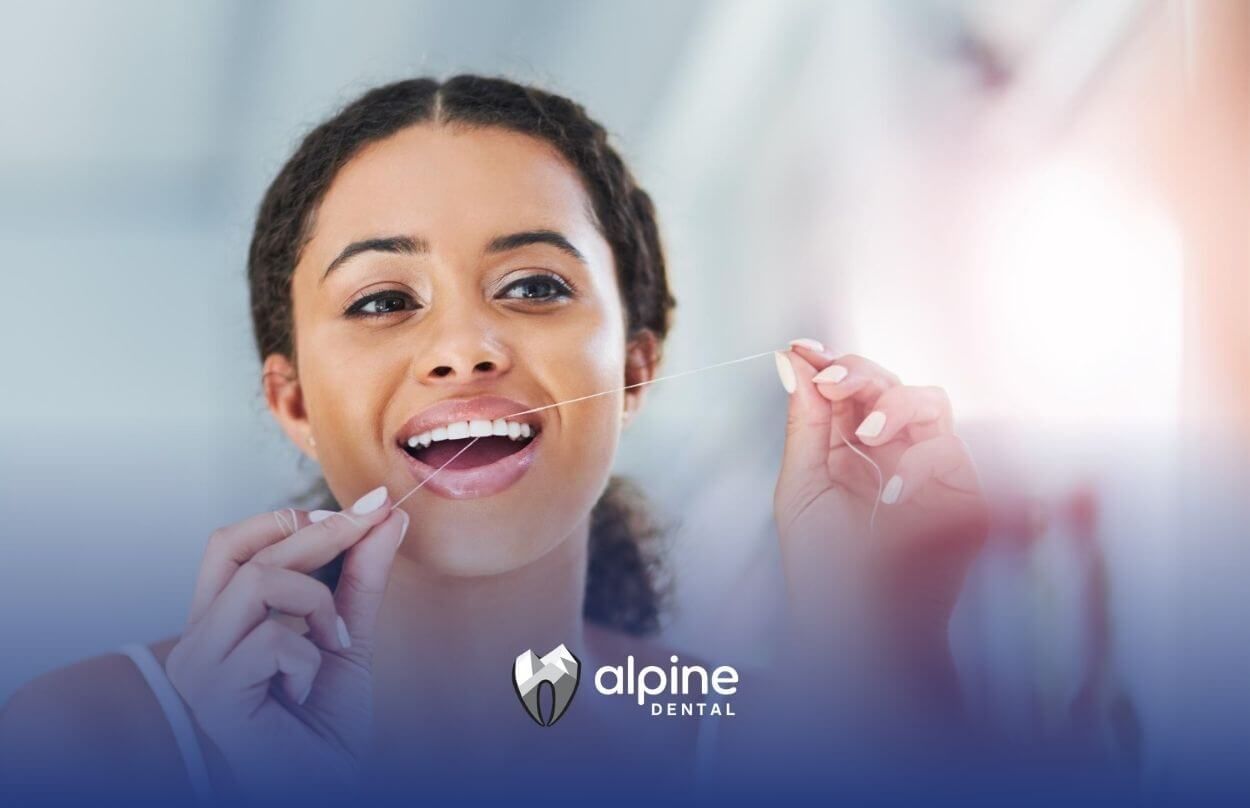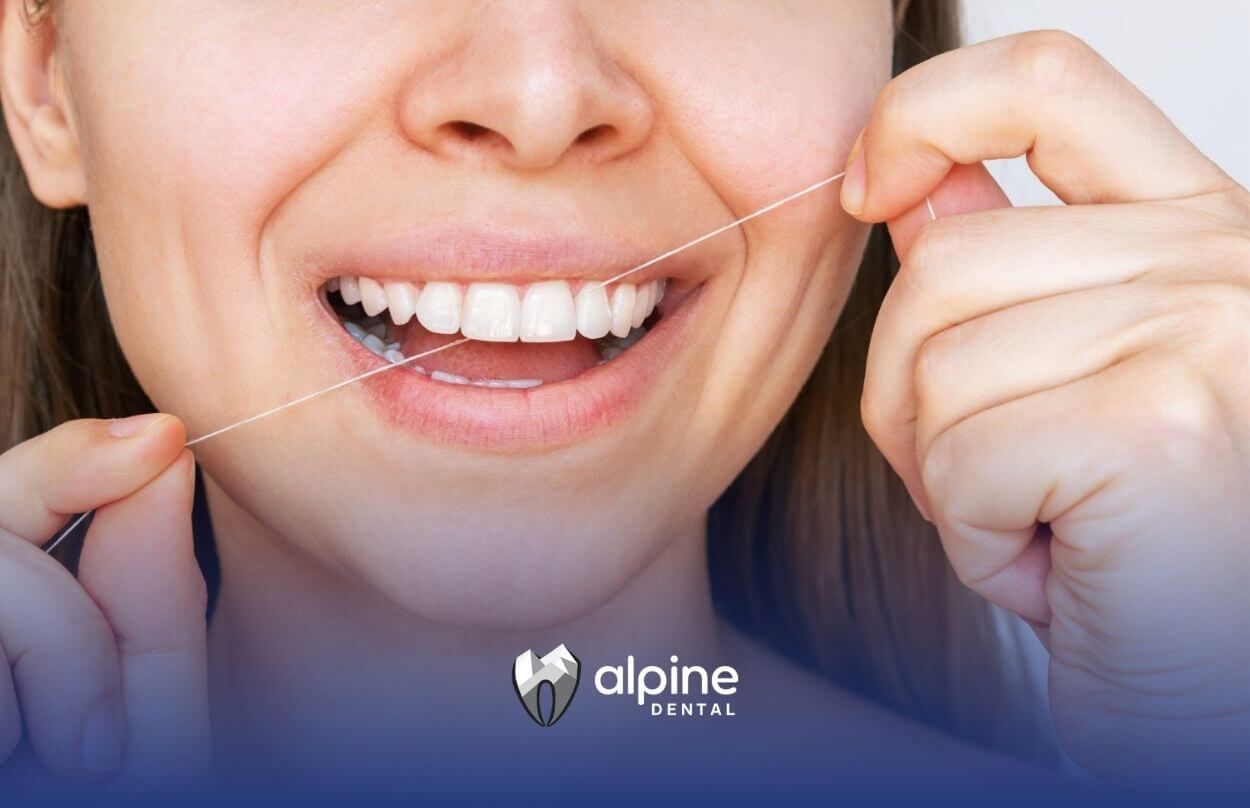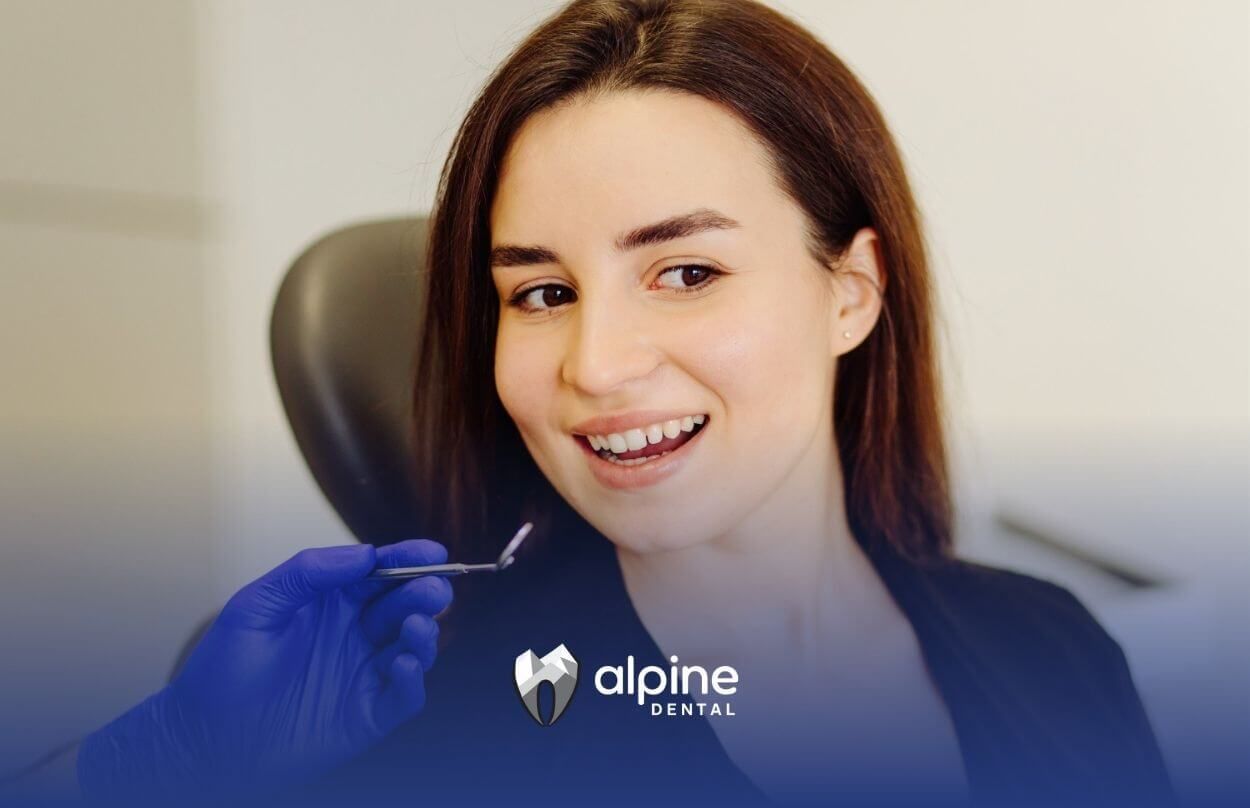Signs You're a Good Candidate for Invisalign
Invisalign has revolutionized orthodontics by offering a discreet, comfortable alternative to traditional metal braces. With clear aligners that are virtually invisible and removable, it’s no surprise that millions of people worldwide have turned to Invisalign to straighten their teeth and improve their smiles. But Invisalign isn’t for everyone—so how do you know if you’re a good candidate?
In this comprehensive guide, we’ll explore the signs that you may be a strong candidate for Invisalign, the types of dental issues it can correct, and factors that might affect your eligibility. Whether you're considering orthodontic treatment for the first time or you're exploring options to refine your smile, this article is here to help you make an informed decision.
What Is Invisalign?
Invisalign is a type of clear aligner therapy that uses a series of custom-made, transparent trays to gradually shift your teeth into proper alignment. These trays are made from BPA-free plastic and are designed using advanced 3D imaging technology.
Patients wear each set of aligners for about 1–2 weeks, gradually progressing toward their final results. Unlike braces, Invisalign trays can be removed for eating, brushing, and flossing.
What Makes You a Good Candidate for Invisalign?
1. You Have Mild to Moderate Orthodontic Issues
Invisalign is most effective for patients with mild to moderate dental misalignment. It can treat a variety of common orthodontic concerns, including:
- Crowded teeth
- Gapped teeth
- Overbites
- Underbites
- Crossbites
- Open bites
If your condition falls within this range, Invisalign may be an ideal solution. For more complex cases, traditional braces or a combination of treatments may be recommended.
2. Your Jaw Is Fully Developed
Invisalign is typically best suited for teens and adults whose jaws have stopped growing. While it’s possible to use Invisalign in younger patients, it's usually reserved for individuals with full dental maturity.
If your jaw and facial bones are still developing, your dentist or orthodontist may recommend waiting or using a different method to ensure optimal results.
3. You’re Committed to Wearing Aligners 20–22 Hours per Day
Consistency is key when it comes to Invisalign. For treatment to work effectively, aligners must be worn for 20 to 22 hours each day. That means only removing them for eating, drinking anything other than water, brushing, and flossing.
If you're disciplined and can stick to the routine, you'll likely see great results. However, if you think you’ll frequently forget to wear them or misplace them often, you may want to consider fixed orthodontic options.
4. You Maintain Good Oral Hygiene
Because Invisalign aligners fit snugly over your teeth, it’s crucial to maintain excellent oral hygiene. Trapping food, plaque, or bacteria under the aligners can lead to cavities, gum disease, or bad breath.
If you brush twice a day, floss regularly, and are committed to cleaning your aligners as directed, you’re well-positioned to benefit from Invisalign.
5. You Don’t Smoke or Are Willing to Quit
Smoking while wearing Invisalign can cause the aligners to discolor, reduce their transparency, and increase the risk of gum disease. If you’re a smoker and not planning to quit, you may not be a good candidate for Invisalign.
However, if you're willing to quit smoking or only smoke during times you’re not wearing the aligners (which shortens your wear time), talk to your dentist about possible workarounds or alternatives.
6. You’re Looking for a Discreet Orthodontic Option
If your lifestyle or profession requires a more subtle approach to orthodontics, Invisalign offers a huge advantage. The aligners are almost invisible when worn, which makes them ideal for:
- Working professionals
- Public speakers
- Performers
- Anyone who prefers a low-profile look
If aesthetics are a key concern, Invisalign could be your best fit.
7. You Have Realistic Expectations
Invisalign is powerful, but it’s not magic. Having realistic expectations about what the aligners can and cannot do is important. For example:
- Invisalign may take longer than traditional braces for certain complex movements
- You’ll need to follow through with retainers post-treatment
- Some discomfort or pressure is normal as your teeth shift
If you're willing to trust the process and be patient, Invisalign can deliver impressive results.
8. You Don’t Have Major Dental Work That Interferes
People with extensive dental restorations—like crowns, bridges, or implants—may face limitations with Invisalign. The aligners must be able to grip and move the teeth, and certain dental work can interfere with that process.
That said, Invisalign is still possible in some cases. A dentist will assess your specific dental history to determine your eligibility.
9. You’re Seeking a Comfortable and Flexible Treatment
Invisalign is generally more comfortable than metal braces, as it doesn't involve brackets or wires that can irritate your cheeks or gums. You also won’t need emergency visits for broken wires or loose brackets.
If you travel often, have a busy schedule, or just prefer minimal disruption to your lifestyle, Invisalign offers the flexibility to fit your routine.
10. You’re a Teen with Good Compliance Habits
Invisalign Teen is specially designed for younger patients, featuring compliance indicators and replacement aligners. Still, successful results depend on how reliably the teen wears the aligners.
If your teen is responsible, follows directions well, and wants a more discreet treatment than braces, Invisalign Teen could be a great choice.
Invisalign Limitations to Be Aware Of
Invisalign is a wonderful tool for many patients, but it does have limitations:
- Severe orthodontic issues may require braces or surgical orthodontics
- Very short roots or advanced gum disease may make teeth too unstable to move safely
- Jaw alignment issues might require traditional methods or additional appliances
A professional consultation is the only way to determine what’s best for your smile.
The Invisalign Process: What to Expect
If you’re considering Invisalign and think you might be a good candidate, here’s a quick overview of the process:
1. Initial Consultation
A dentist or orthodontist will examine your teeth, take X-rays, and discuss your goals to determine eligibility.
2. Custom Treatment Plan
If approved, they will take digital impressions and create a customized plan using 3D imaging.
3. Receiving Your Aligners
You’ll receive a series of aligners, typically every 1–2 weeks, with each set designed to move your teeth gradually.
4. Check-Ins
You’ll check in with your provider every 6–8 weeks to monitor progress and receive your next batch of aligners.
5. Final Results & Retainers
Once treatment is complete, you'll receive retainers to preserve your results long-term.
Invisalign vs. Braces: Which Is Right for You?
| Feature | Invisalign | Braces |
|---|---|---|
| Appearance | Clear & discreet | Visible metal or ceramic |
| Removability | Removable | Fixed |
| Comfort | Smooth, no wires | May cause irritation |
| Treatment Flexibility | High | Limited |
| Effectiveness | Mild to moderate cases | All case types |
| Maintenance | Aligners cleaned daily | Brackets require brushing |
If aesthetics and comfort are your top priorities and your case qualifies, Invisalign is often the clear winner.
Final Thoughts
Being a good candidate for Invisalign isn’t just about your dental condition—it’s also about your commitment to wearing the aligners, maintaining oral hygiene, and following your treatment plan. If you recognize the signs mentioned in this guide, you might be an excellent fit for Invisalign.
For personalized guidance and expert care, the team at Alpine Dental is here to help. We’ll evaluate your smile, explain your options, and create a custom Invisalign plan that aligns with your goals. Schedule your consultation today to start your journey toward a straighter, healthier smile.
Frequently Asked Questions
Can Invisalign fix overbites or underbites?
Yes, Invisalign can effectively treat mild to moderate overbites and underbites. Severe cases may require braces or additional orthodontic treatment.
How long does Invisalign treatment take?
Treatment times vary, but most cases are completed in 12 to 18 months. Some minor corrections can take as little as 6 months.
Is Invisalign more expensive than braces?
In many cases, Invisalign costs are comparable to braces, though pricing depends on the complexity of your treatment. Insurance and payment plans can help make it affordable.
Sources:
- https://www.healthline.com/health/does-invisalign-work
- https://www.ncbi.nlm.nih.gov/books/NBK553375/
- https://www.nidcr.nih.gov/health-info/oral-hygiene
- https://aaoinfo.org/resources/common-orthodontic-problems/
- https://www.cdc.gov/oral-health/about/gum-periodontal-disease.html




